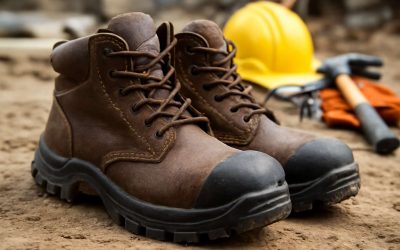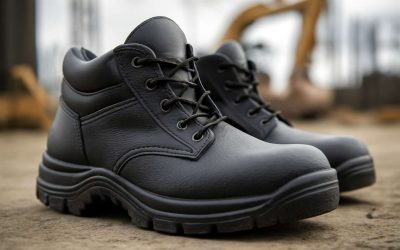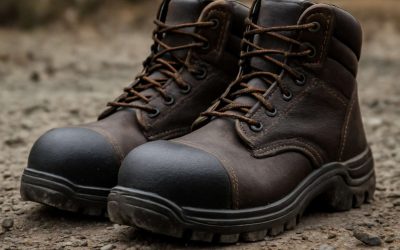
Safety equipment protects workers in dangerous locations and tasks by reducing the risk of injuries and accidents. It includes personal protective equipment (PPE), such as gloves, work boots, hard hats, and high visibility clothing. Compliance with workplace safety regulations, including supplying employees with appropriate safety wear, can reduce the risk of legal action in the event of an accident and improve morale, productivity and efficiency at the worksite.
In the event of a workplace accident, having workers wearing appropriate safety workwear can make it easier for rescuers to find them and identify their location on the job site. Various safety workwear products feature reflective patches and strips to help improve visibility in hazardous conditions. Some are also designed with identifiers that can be seen through the fabric, such as the name of the worker or their company logo. This provides rescuers with the relevant information to help them decide how best to assist them.
Having the right workwear can protect employees from burns, cuts, chemical splashes, electrical hazards, insect bites and radiation. Different types of body protection include fire-resistant suits, hazmat suits and protective eyewear. For those who operate machinery, gloves are an essential piece of safety gear that protects the hands from heat and sparks while also providing a layer of insulation against electric shock. It’s important to ensure that gloves fit well, with no gaps or loose areas where they could get snagged on equipment.
While the majority of accidents in the workplace are caused by mechanical issues, some are unavoidable. For instance, an unexpected explosion at a factory, or a sudden failure of an industrial machine can cause serious injury to workers. Other risks may be hidden from view, resulting in fatal accidents, like falls. These incidents can happen in any type of industry and in every workplace, no matter how safe the working environment seems.
The Occupational Safety and Health Administration (OSHA) recommends that employers provide workers with personal protective equipment, including safety glasses, a hard hat and steel-toed shoes. While it’s impossible to remove all work hazards, the use of PPE can greatly reduce the likelihood of accidents by separating workers from the risky environment and equipment.
Choosing the correct protective clothing depends on the specific job and the hazards of the worksite. For example, workers who deal with toxins need to wear a respirator to prevent inhalation of these chemicals. Similarly, those who work with electricity need to be equipped with class B or higher utility service hats to protect the head from impact damage and electric shock.
In addition to making sure that the right safety gear is available, it’s essential to talk to workers about the options for their protection. If they help choose their own protective clothing, they are more likely to wear it, increasing the chances of compliance and keeping them safe on the jobsite. It’s also important to consider any allergies or medical conditions that may be aggravated by certain garments, such as latex.



0 Comments